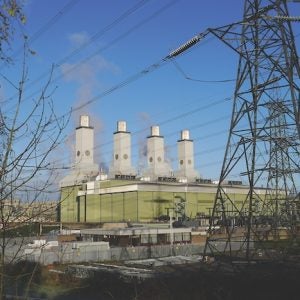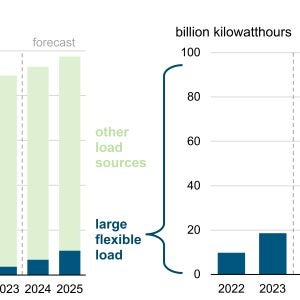
Having tended to have a more coal-heavy generation mix than investor-owned utilities, co-ops have historically lacked the access to debt and capital that would allow them to shut down aging power plants or benefit from newer technologies. But, following a government boost of almost $11 million last year, co-ops may be more equipped than ever to take the next steps to cut emissions and make energy more affordable for their members. However, the scale of the task at hand should not be underestimated.
As with many not-for-profit organisations, introducing new processes can be a lengthy process with lots of red tape, which means that electric co-ops may have historically missed out on the latest solutions. Until now.
Community at the fore
Working to serve their members rather than drive profits for shareholders, co-ops have their foundations in seven operating principles. Ranging from democratic membership control to education and training, these are all grounded in supporting and protecting the local communities they power.
In fact, this commitment to community has seen co-ops stay one step ahead of trends across the utility industry. For example, in Illinois recent changes to law dictate that utilities cannot shut off the power to those who haven’t paid their bills when the temperature exceeds 90°F, something that local co-op Egyptian Electric Cooperative Association has been offering voluntarily for several years in recognition of its members.
Make no mistake, utility co-ops strive to bring the best service at the lowest possible cost to their members, but the high cost of maintaining the infrastructure needed to cover large areas without the support of large cities and dense population numbers can make balancing the books difficult. Considering their typically rural operating areas, co-ops have the unenviable job of delivering power to homes that may be several miles from their next neighbour, leaving them with vast quantities of T&D assets over vast areas – which then need to be inspected and kept up to standard.
Collectively responsible for more than 2 million miles of distribution lines, accurate and regular inspection is no mean feat, even more so when you consider that many co-ops were founded as part of the New Deal in the 1930s, making some assets up to nearly a century old. Equally, budgets are tight, with co-ops aiming to keep prices low, especially when their revenue comes from servicing only ~12% of the population, but needs to cover maintaining 3x more miles of powerlines than privately owned utilities.
Partners in innovation
An acute focus on the community also means that often times, electric co-ops are one of the largest single employers within rural areas, if not the largest, employing a significant portion of the local communities they serve. This means that local people are not just members, but also employees, and so workplace culture is similarly high on the agenda.
Not only this, but co-ops also serve 92% of US counties designated as being in persistent poverty, so concerns around job security are rightly taken seriously. But these fears have slowed the uptake of digital solutions, with the assumption that technological advances will result in job losses, which, in reality, couldn’t be further from the truth.
AI-driven solutions for T&D operators work as partner tools for existing employees, providing them with dynamic, real-time data that allows them to make smarter decisions. In 2024, this looks like utilising purpose-equipped helicopters or drones to perform accurate data collection, to build rich 3D models of the T&D assets, including surrounding vegetation and buildings.
At a glance, employees can immediately see problem areas and allocate resources, meaning workers no longer need to take an educated guess at where their presence is needed and can immediately get right to the heart of any problems, leading to greater employee efficiency and satisfaction – as well as more effective allocation of resources and money.
And, in parts of the country where qualified electrical workers are an aging population, a tech-first approach could also help co-operatives entice new, younger workers who will carry forwards the existing expertise for the next generation.
Future proofing
Looking to 2024 and beyond, the potential benefits of digitalisation for co-operatives are clear. By adopting solutions such as digital twins, co-ops can take a proactive approach to asset management, using precision AI to stay one step ahead of the challenges they face.
Taking up digitalisation also feels like a natural fit for businesses which were set up to better connect people. Connectivity is in the very nature of a co-op, designed to bring those in rural America in-line with those in cities, and the use of digitalisation in operations can only help co-ops continue to serve their members.
With a more thoughtful approach to operations and maintenance co-ops can ensure that asset health is carefully monitored, as well as managing nearby vegetation to keep the lights on all year round. Not only this, but with communities demanding the lowest possible prices for their electricity, co-ops can maximise use of their budgets by inspecting hundreds of miles in one day with a drone or helicopter, rather than tens of miles with a man and a ladder.
Co-ops have a unique working model, and a unique set of challenges that come with covering a vast expanse of rural land, so they need a specialist digitalisation partner that speaks their language. Once equipped with a tailor-made solution, these cornerstones of the US electricity industry have the potential to be the trailblazers of our sector and all to the benefit of the deserving communities they serve.
Author: Lisa Stannis, Customer Development Director, Sharper Shape






